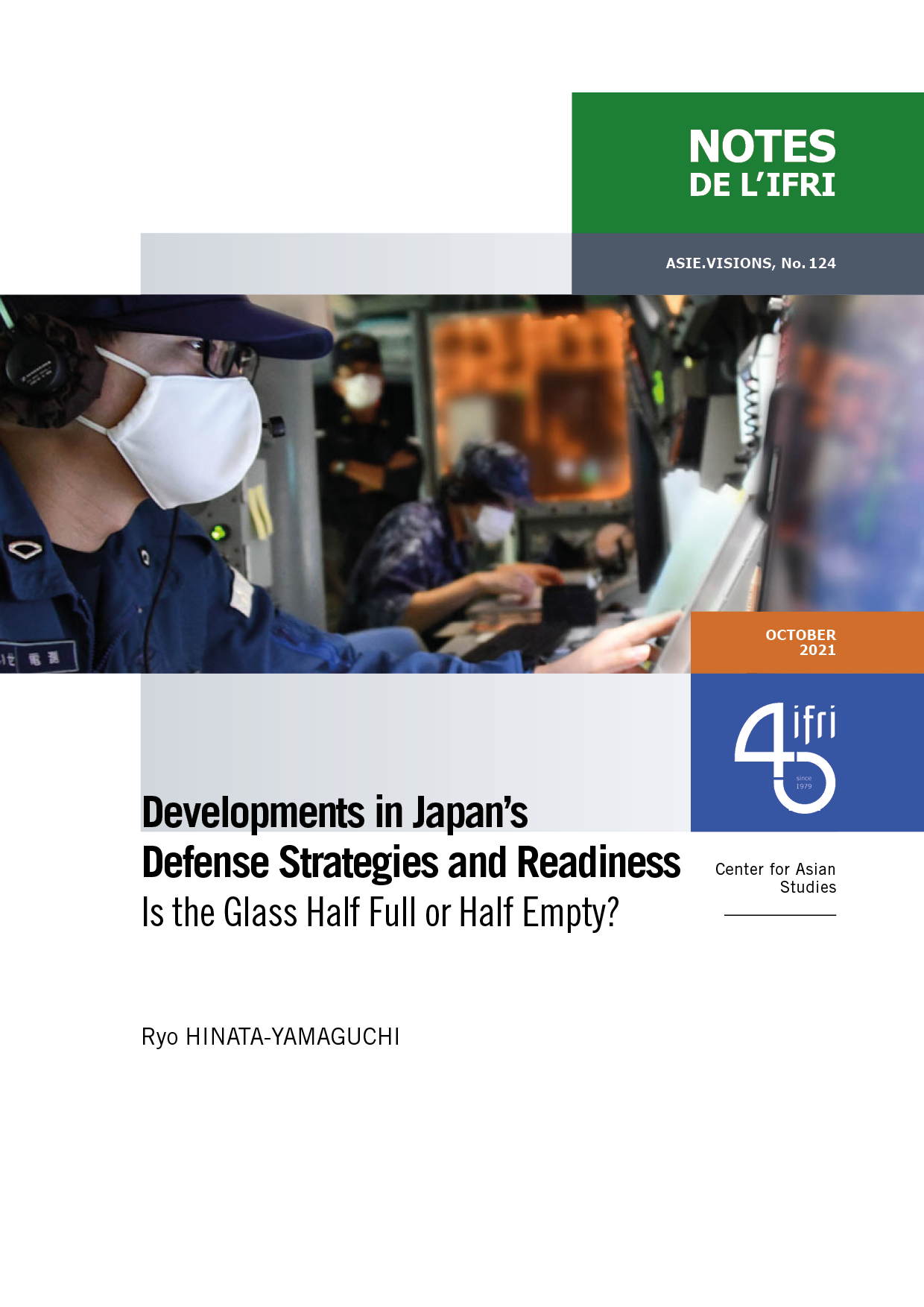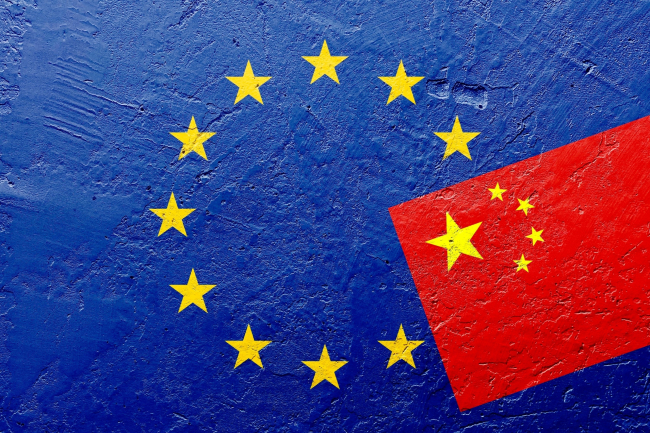Developments in Japan’s Defense Strategies and Readiness: Is the Glass Half Full or Half Empty?

On December 18, 2018, the Japanese government issued its latest National Defense Program Guidelines (NDPG), marking another step in Japan’s defense planning and the readiness of the Japan Self-Defense Force (JSDF).
Broadly, there are four key takeaways from the 2018 NDPG: (1) Nascent but notable push for readiness based on Japan’s expanded strategic frontiers under the auspices of the “Free and Open Indo-Pacific”, (2) the emerging concept of “offense is the best means of defense” to defend and deter against threats, (3) pursuit of readiness for multi-domain operations in the ground, maritime, air, cyber, outer space, and electromagnetic spectrums, and promoting jointness that coordinates operations in those domains, and (4) greater coordination and interoperability with the United States and to some extent with other likeminded states at the strategic, operational and tactical levels. The revised NDPG is certainly a new step in Japan’s accelerated efforts to sharpen and strengthen the JSDF’s readiness.
Yet, despite the notable developments over the past two decades, there are still some issues that constrain Japan from formulating the strategies and readiness to effectively deal with the fluid and uncertain security environment in the Indo-Pacific region, particularly with China’s increasingly assertive strategies and actions in the East and South China Seas and Taiwan Straits, North Korea’s continued bellicose behavior and military modernization, and also uncertainties over Russia’s strategies. Moreover, given the growing demands despite the political and economic constraints, there are still questions about how Japan’s defense planning and readiness will continue to advance in the years to come.
Download the full analysis
This page contains only a summary of our work. If you would like to have access to all the information from our research on the subject, you can download the full version in PDF format.
Developments in Japan’s Defense Strategies and Readiness: Is the Glass Half Full or Half Empty?
Related centers and programs
Discover our other research centers and programsFind out more
Discover all our analyses
Opening up the G7 to South Korea to Address Contemporary Global Challenges
The G7’s global influence has diminished as powers like China reshape international governance through initiatives such as BRICS and the Shanghai Cooperation Organisation (SCO). With the G7 now representing just 10 per cent of the world’s population and 28 per cent of global GDP, its relevance is increasingly questioned.
Expanding SPDMM as a pivotal institution in the Pacific – A French perspective
The South Pacific Defence Ministers’ Meeting (SPDMM) is the only forum that brings together defense ministers from the wider South Pacific — including Chile, which is hosting it for the first time. This heterogeneous group of countries with varying resources, capacities, and interests — Australia, Chile, Fiji, France, New Zealand, Papua New Guinea (PNG), and Tonga — are united by their shared determination to strengthen cooperation on maritime security and humanitarian assistance and disaster relief (HADR) activities.
EU’s Derisking From China: A Daunting Task
With economic security as a major concern, the EU has recently turned to “derisking” from China. The EU strategy entails reducing critical dependencies and vulnerabilities, including in EU supply chains, and diversifying where necessary, while recognizing the importance and need to maintain open channels of communication.
Sri Lanka’s NPP Government. From System Change to Structural Compliance
In September 2024, a relative outsider to Sri Lanka’s two-party-dominated political system, Anura Kumara Dissanayake, won the presidential elections. The anti-establishment, populist movement he represented, the National People’s Power (NPP), went on to receive an overwhelming mandate in the November 2024 general elections, winning 159 seats in a 225-member parliament.









